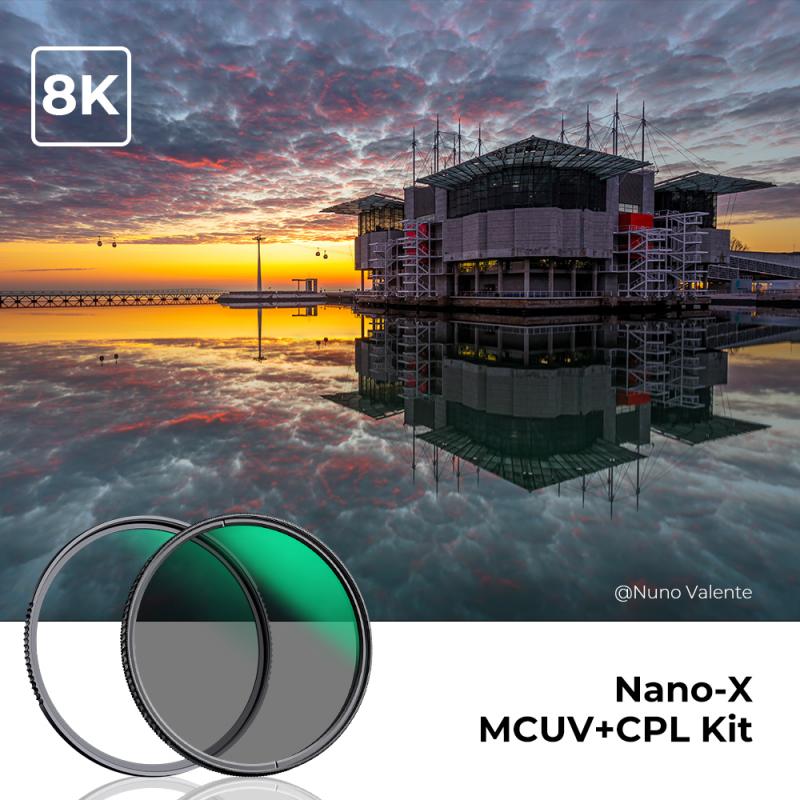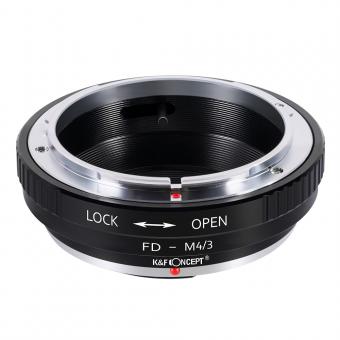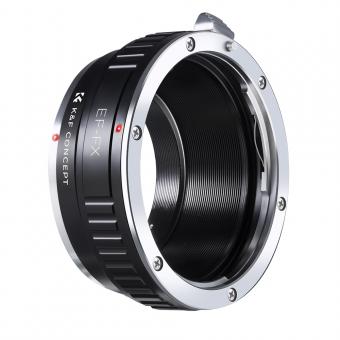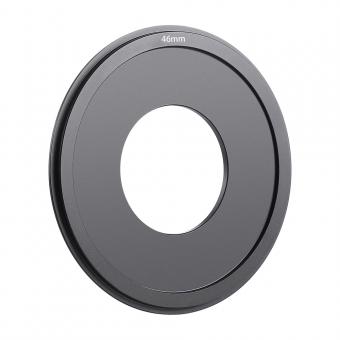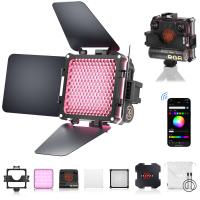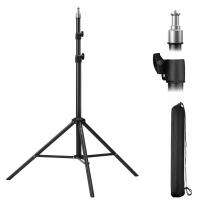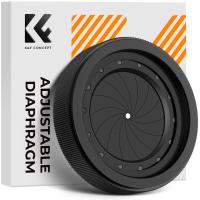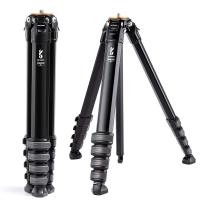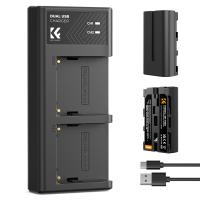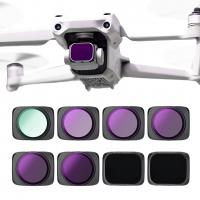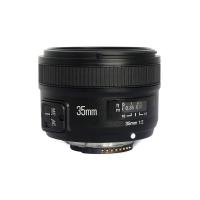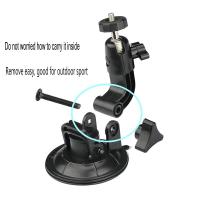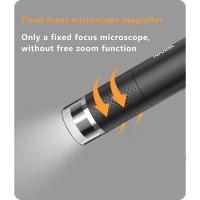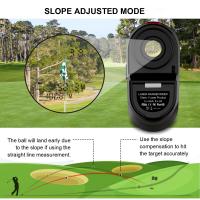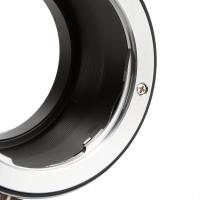What Is Mount Adapter Setting For 35mm Lens ?
The mount adapter setting for a 35mm lens depends on the specific camera and lens mount being used. Different camera systems have different mount types, such as Canon EF, Nikon F, Sony E, etc. If you are using a 35mm lens with a different mount than your camera, you will need a mount adapter to make them compatible. The mount adapter setting will vary depending on the specific adapter being used. It is important to consult the instructions or specifications provided by the manufacturer of the mount adapter to determine the correct setting for your particular setup.
1、 Mount compatibility for 35mm lens on specific camera models.
The mount adapter setting for a 35mm lens depends on the specific camera model and its mount compatibility. Different camera manufacturers have their own proprietary lens mounts, and using a 35mm lens on a camera that does not have a compatible mount requires the use of a mount adapter.
For example, if you have a Canon camera with an EF mount and you want to use a 35mm lens with a Nikon F mount, you would need a mount adapter that allows you to attach the Nikon lens to the Canon camera body. The mount adapter essentially acts as a bridge between the lens and the camera, ensuring proper communication and functionality.
It is important to note that not all lens mounts can be adapted to every camera model. Some camera manufacturers have restrictions on which lenses can be adapted, and certain functionalities may be limited when using a mount adapter. Additionally, autofocus and electronic aperture control may not work as seamlessly as they would with native lenses.
It is always recommended to check the compatibility of the lens and camera before purchasing a mount adapter. Camera manufacturers often provide information on their websites or in user manuals regarding compatible lens mounts and any limitations or considerations when using mount adapters.
As technology advances, new mount adapters are being developed to accommodate a wider range of lens and camera combinations. It is advisable to stay updated with the latest information and reviews to ensure the best possible performance when using a mount adapter with a 35mm lens on specific camera models.
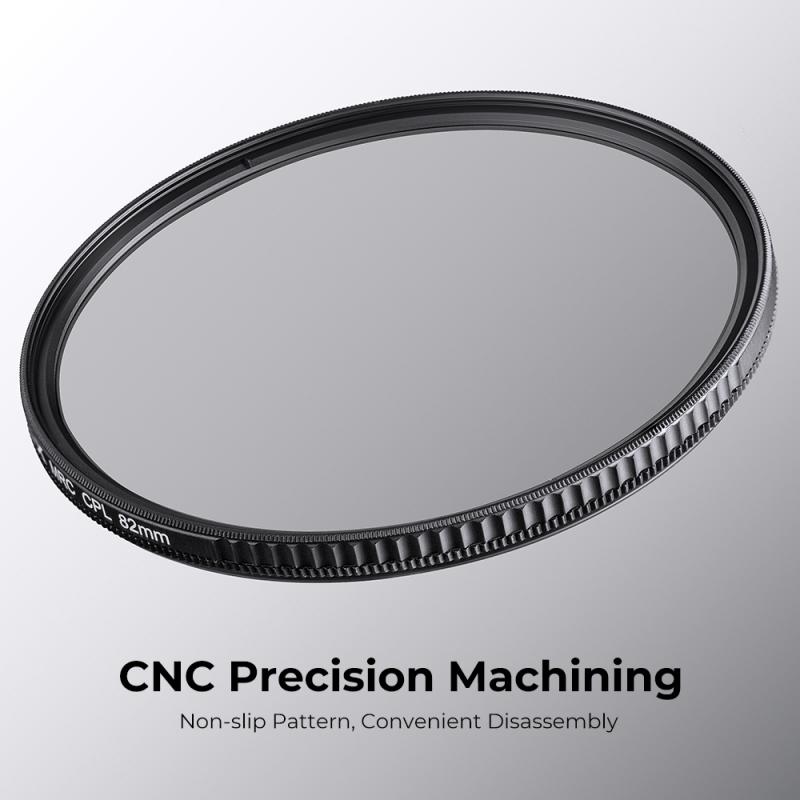
2、 Adjusting aperture and focus settings on the mount adapter.
The mount adapter setting for a 35mm lens depends on the specific camera and adapter being used. Different camera manufacturers have their own mount systems, and adapters are designed to bridge the gap between different mounts. Therefore, it is essential to use the appropriate mount adapter for your specific camera and lens combination.
When using a mount adapter, it is crucial to ensure that the lens is securely attached to the adapter and that the adapter is properly mounted on the camera body. This will ensure proper communication between the lens and the camera, allowing for accurate aperture and focus control.
To adjust the aperture and focus settings on the mount adapter, you will typically use the controls on the camera body itself. Most modern cameras provide electronic control over the aperture, allowing you to adjust it directly from the camera's menu or using dedicated buttons or dials. Similarly, the focus can be adjusted using the camera's autofocus system or manually by turning the focus ring on the lens.
It is worth noting that some mount adapters may offer additional features, such as electronic contacts for transmitting lens information to the camera or built-in aperture control. These features can vary depending on the specific adapter, so it is essential to consult the adapter's manual or manufacturer's instructions for detailed information.
As technology advances, new mount adapters are being developed to provide seamless integration between different lens and camera systems. Therefore, it is always recommended to stay updated with the latest information and advancements in mount adapter technology to ensure optimal performance and compatibility.
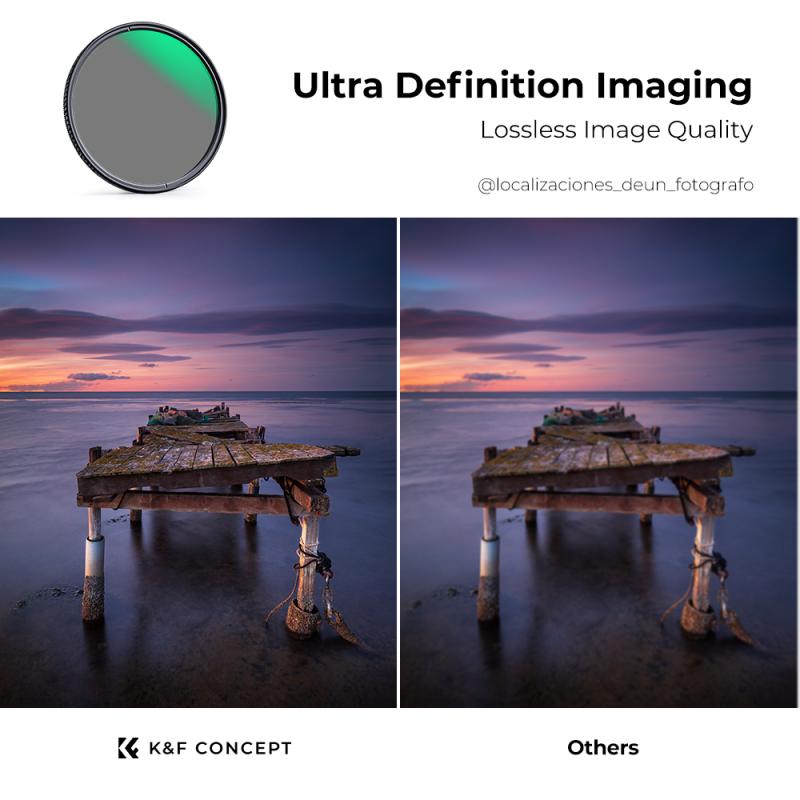
3、 Ensuring proper alignment and stability of the lens adapter.
The mount adapter setting for a 35mm lens is a crucial aspect to consider when attaching the lens to a camera body. Ensuring proper alignment and stability of the lens adapter is essential for achieving optimal image quality and functionality.
When attaching a 35mm lens to a camera body using a mount adapter, it is important to follow the manufacturer's instructions and guidelines. Different camera systems may have specific mount adapters designed for their respective lenses. Therefore, it is crucial to select the appropriate mount adapter that is compatible with both the camera body and the lens.
Proper alignment is necessary to ensure that the lens is securely attached to the camera body. This involves aligning the lens mount with the camera's mount and ensuring that the lens is firmly locked into place. Failure to align the lens properly may result in a loose connection, leading to potential issues such as lens wobbling or even detachment during use.
Stability is another critical factor when setting up a mount adapter for a 35mm lens. A stable connection between the lens and the camera body is essential for capturing sharp and clear images. Any movement or play between the lens and the camera can result in image blur or distortion. Therefore, it is important to check the tightness of the mount adapter and ensure that it provides a secure and stable connection.
It is worth noting that advancements in technology have led to the development of electronic mount adapters. These adapters allow for communication between the lens and the camera body, enabling features such as autofocus and aperture control. When using electronic mount adapters, it is important to ensure that the adapter is compatible with both the lens and the camera body, and to follow any additional instructions provided by the manufacturer.
In conclusion, the mount adapter setting for a 35mm lens involves ensuring proper alignment and stability. By carefully following the manufacturer's instructions and guidelines, photographers can achieve a secure and stable connection between the lens and the camera body, resulting in optimal image quality and functionality.
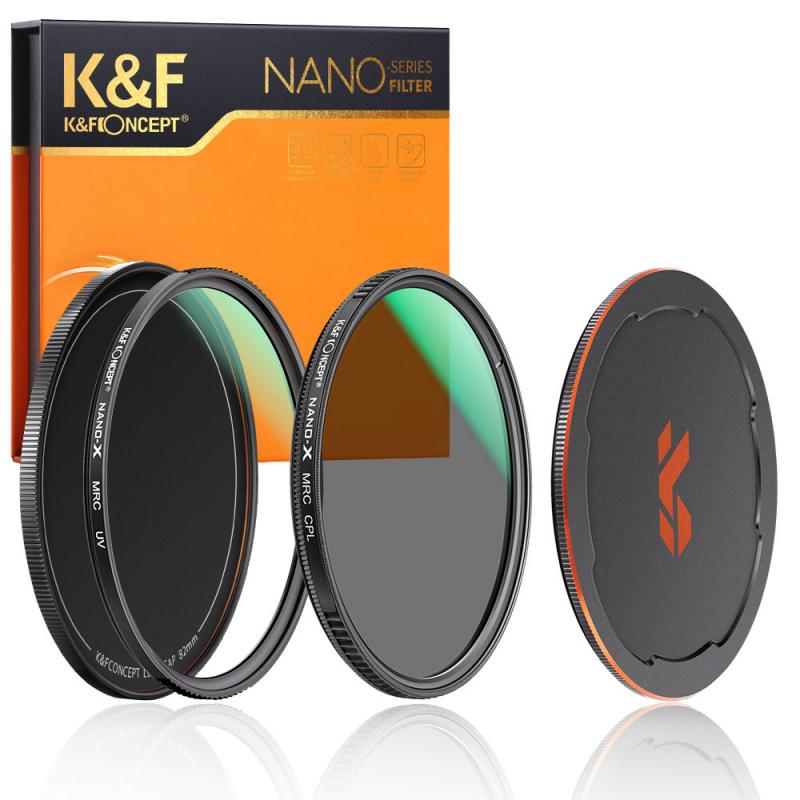
4、 Troubleshooting common issues with mount adapters for 35mm lenses.
The mount adapter setting for a 35mm lens depends on the specific camera and lens combination being used. Mount adapters are used to attach lenses with one type of mount to a camera with a different mount. For example, if you have a 35mm lens with a Canon EF mount and you want to use it on a camera with a Sony E mount, you would need a mount adapter that converts the Canon EF mount to the Sony E mount.
When using a mount adapter, it is important to ensure that the adapter is properly aligned and securely attached to both the lens and the camera body. Some adapters have electronic contacts that allow for autofocus and aperture control, while others may be purely mechanical. In either case, it is crucial to set the camera to the appropriate mount adapter setting to ensure proper communication between the lens and the camera.
The specific mount adapter setting can vary depending on the camera brand and model. It is recommended to consult the camera and adapter manuals for detailed instructions on how to set up the adapter correctly. Additionally, it is always a good idea to check for firmware updates for both the camera and the adapter, as manufacturers often release updates to improve compatibility and performance.
In recent years, there have been advancements in mount adapter technology, with some adapters offering seamless integration and full functionality with autofocus and aperture control. However, it is important to note that not all adapters are created equal, and compatibility issues may still arise, especially with older lenses or less common lens mounts.
In conclusion, when using a mount adapter for a 35mm lens, it is essential to set the camera to the appropriate mount adapter setting and ensure proper alignment and attachment. Keeping firmware up to date and using high-quality adapters can help minimize compatibility issues and ensure optimal performance.
